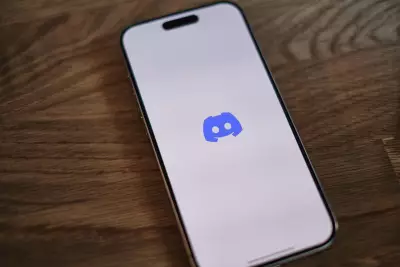Grand Valley State Victimized by Criminals on the Web
Table of Contents
- By Steven
- Published: Sep 13, 2022
- Last Updated: Sep 13, 2022
It wasn't long ago when online hacks were primarily limited to corporations. Nowadays, organizations of all types and sizes are in the crosshairs of criminals roaming the internet. Grand Valley State, a publicly funded post-secondary institution, was recently hacked by digital miscreants.
What Strategy was Employed to Infiltrate Grand Valley State?
The Grand Valley State University hack occurred in the final week of May. Hackers breached the system in the spring, yet the school did not reveal the data theft until later in the summer. The digital onslaught results from ransomware, employee oversight, or a combination of the two.
Who is Responsible for the Attack?
Vice Society hackers infiltrated the university's network, started an ominous digital countdown to destruction, and demanded a ransom payment. The digital ransomware clock was programmed to publicize the university's sensitive data in mid-June. Local media outlets contacted Grand Valley State University for a comment on the matter.
Though the university responded to inquiries through its autoresponder system to generate tickets and queue them up for attention, the institution did not provide a formal comment to the media. Instead, media inquiries were forwarded to the Grand Valley State digital security specialists, who also refused to provide comment. The discussions about the potential payment of the requested ransom did not result in an agreement.
It is worth noting that there are conflicting reports on how this hack occurred and whether it is the result of criminal aggression or negligence on behalf of an employee. Some reports indicate a vendor tied to the university mistakenly published a list of students' internal id numbers, addresses, and names on the web. The information in question was published on the vendor's website. The alleged vendor, Kent Communications, appears to provide mailing services for the university.
What Type of Data Was Stolen?
Hackers stole the personal information of Grand Valley State University students in the digital heist. Though Grand Valley State University is not well-known across the nation, it has more than 20,000 students enrolled in its undergraduate programs. Add in the fact that the information of several thousand more graduate students was made susceptible to the attack, and the damage becomes that much more extensive.
The stolen data will likely be sold on unsavory dark web message boards where digital thieves congregate to trade stolen content and engage in other illegal activity. Perhaps the only silver lining to this digital breach is that hackers did not steal Grand Valley State University students' Social Security numbers in the attack.
What can be Done to Prevent a Similar Attack and Identity Theft?
Grand Valley State University officials deserve credit for providing students with an opportunity to change their passwords for account access. However, a similar attack could easily occur at your business or your home computer, even if you regularly change your passwords, simply because digital criminals have no moral compass.
It appears that a digital security breakdown caused the data theft and the ensuing risk of identity theft described above. Grand Valley State University students are advised to check their credit reports and consider investing in identity theft protection services. Educational institutions, businesses, and everyday people are encouraged to fortify their digital security protections with the industry's latest antivirus protection and additional digital shields.
















